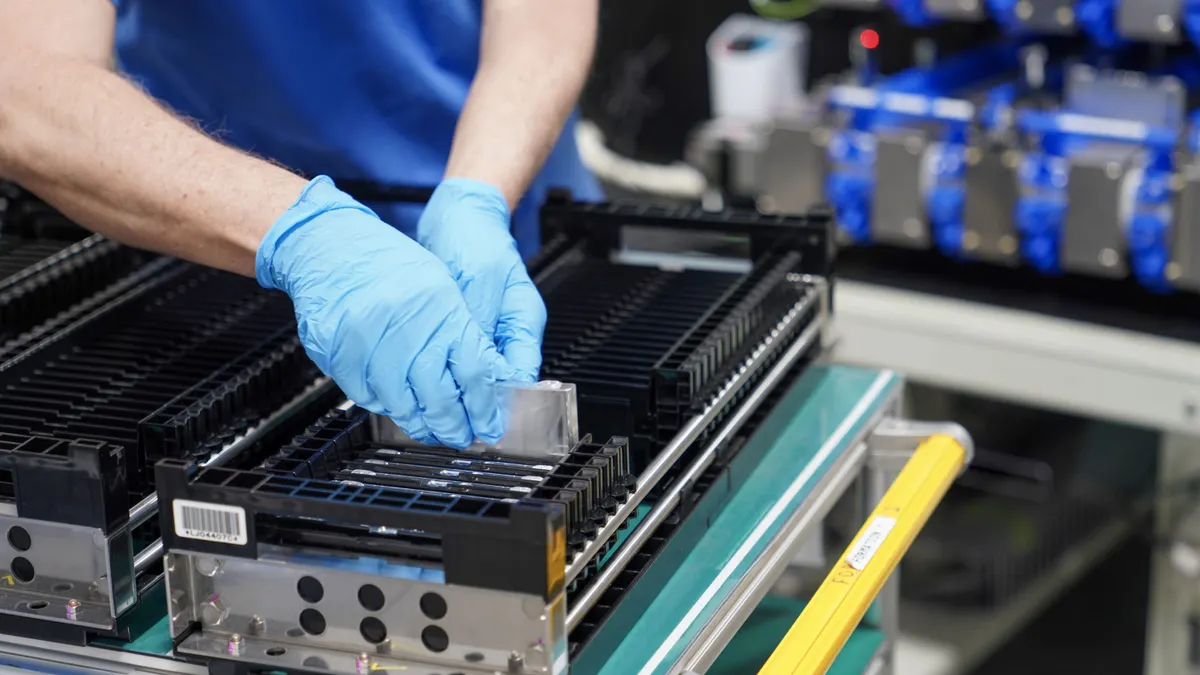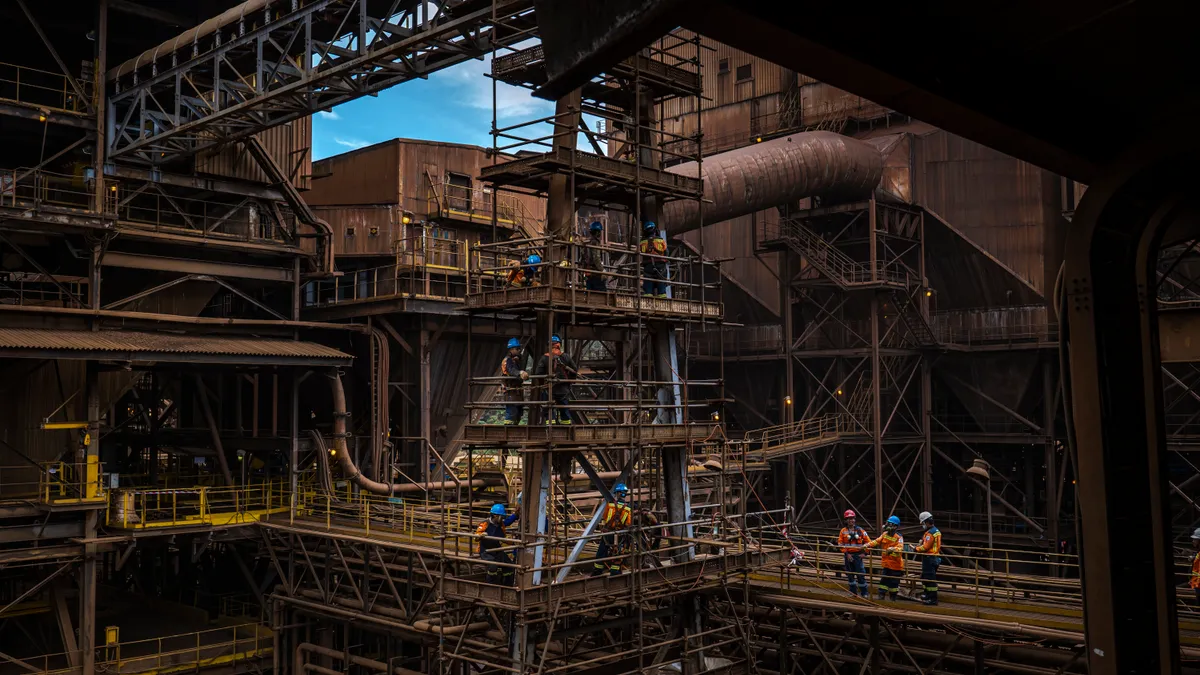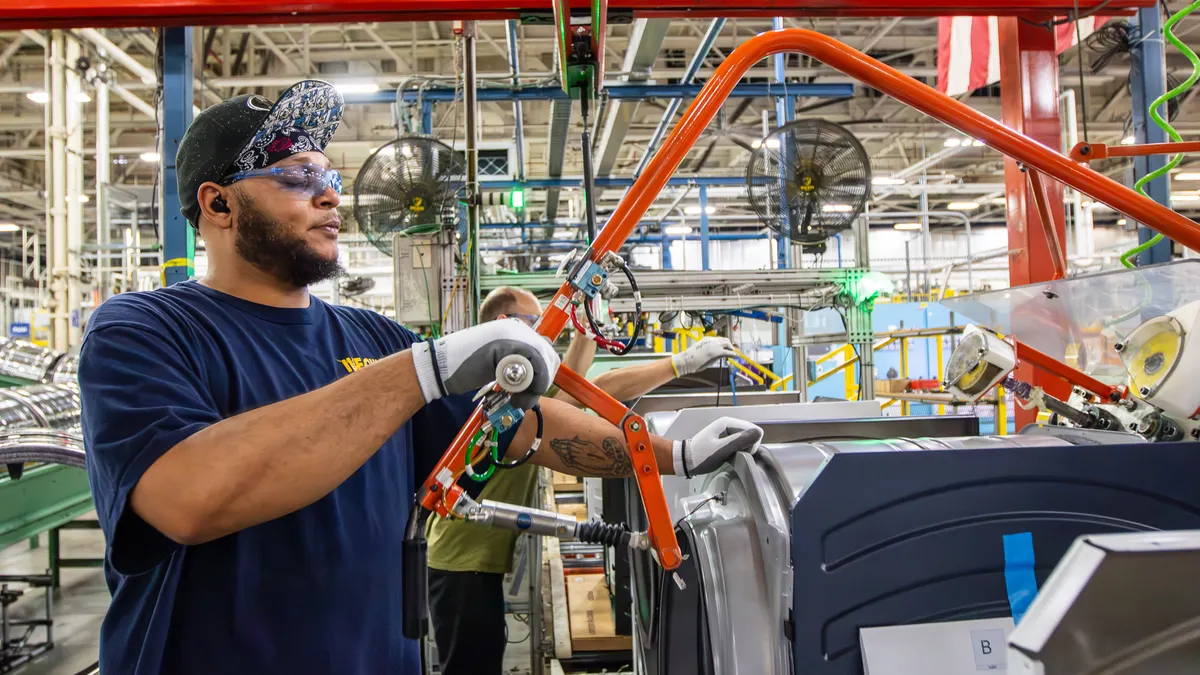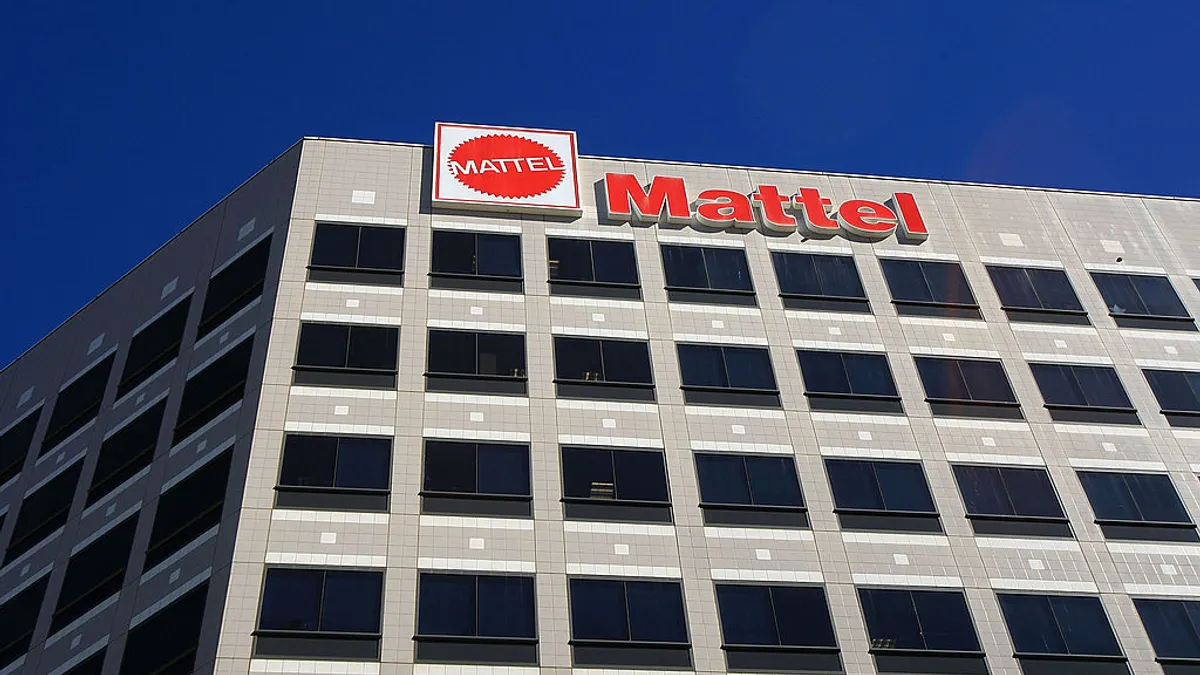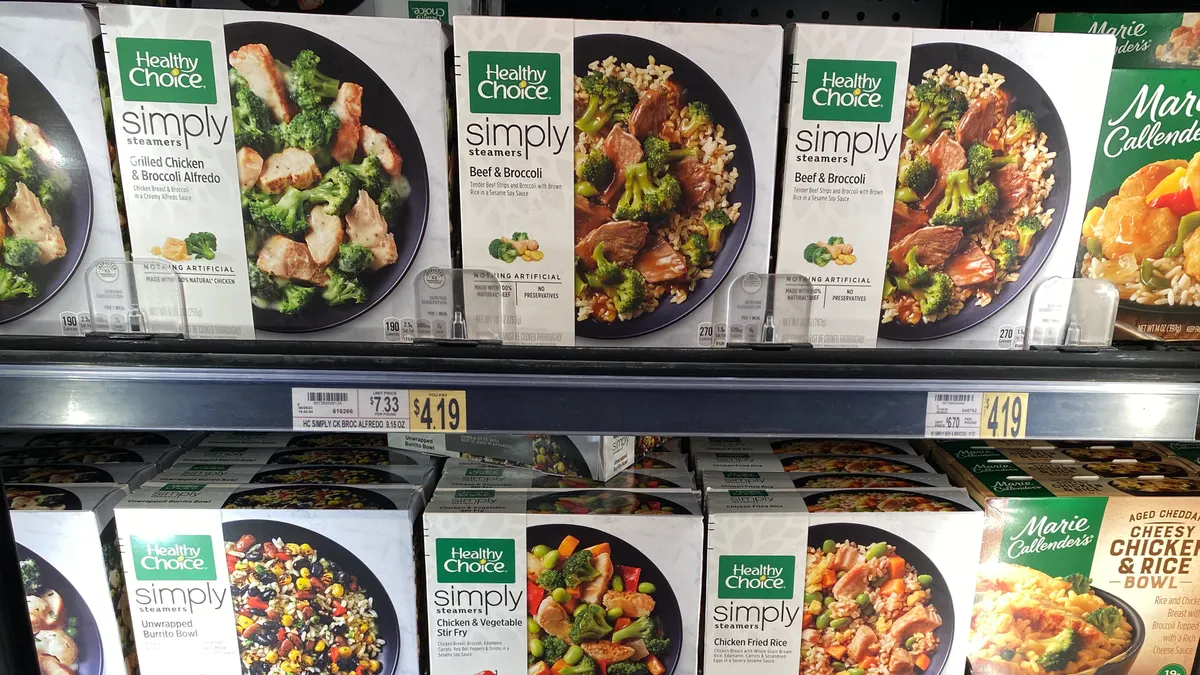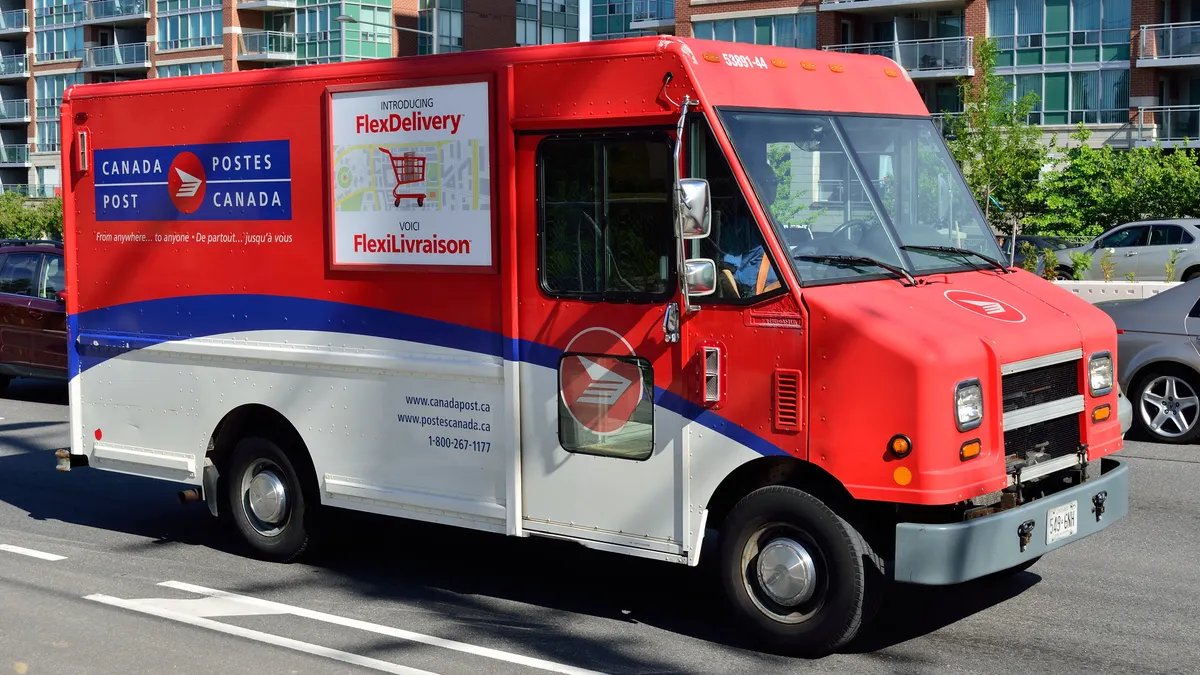The report did not contain good news.
"Verité found indicators of forced labor, trafficking, and child labor to be present among sea-based and land-based workers engaged in the production sites covered by the assessment," reads a 2015 report on labor issues in the Nestlé supply chain.
For three months Verité, a non-profit that helps companies eliminate labor abuses, dug into low-tier, Thailand-based suppliers providing fish feed to farms that produced whole prawns for Nestlé. The investigation found employers often withheld workers' pay, intimidated employees and restricted their movement at sea and on land. The fishers lacked adequate documentation and were often left with few details on the terms of their employment. The use of drugs was "rampant" on boats as it helped them to work longer hours.
These results were not part of a surprise investigation of Nestlé. In fact, Nestlé contracted Verité to do the report. The problem the company had was a lack of visibility into its supply chain — an issue organizations are increasingly looking to avoid whether trying to appease customers, comply with regulations or avoid other potential issues that could arise as a result of not having a more complete view of their supply chains.
Experts Supply Chain Dive spoke with said technology can help provide this better visibility — it already has in some cases — but working with outside organizations and simply being more open about what is already known about suppliers could be just as important when it comes to pulling back the layers of the supply chain.
Pressure from the ground up
Improved end-to-end supply chain visibility ranked as the sixth top objective for supply chain professionals in 2015 and grew to the third top objective by 2017, according to the 2017 Geodis Supply Chain Worldwide Survey.
This desire for better visibility reveals there is likely room for improvement — just 6% of respondents said they had "full visibility" into their tier-two suppliers. Cost is the likely reason for the lack of visibility, as not all companies have the resources to conduct an investigation into their tier-three, four or five suppliers.
But that doesn't mean companies turn a blind eye to the problems. These kinds of revelations can hit a company where it hurts: in their stock market valuation, said Institute for Supply Management CEO Tom Derry.
"We certainly have seen companies have pressure placed on them," he told Supply Chain Dive in an interview.
After the Verité report on Nestlé, the company went on to make public commitments to find alternative suppliers for this feed, Derry said. Nestlé did not respond to a request for comment for this report.
"Good for them in that they disclosed this themselves and announced it and made the change proactively, rather than, you know, 60 Minutes or somebody coming along and disclosing it, and the company being embarrassed, and not being aware of what was happening in its own supply chain," Derry said.
Diana Ruiz, a senior palm oil campaigner with Greenpeace, has been in this line of work for 15 years. In that time, the discussion around visibility has changed, and she credits consumers with pushing this shift.
"It's like now there's more value behind that brand, its beliefs, what it stands for, aside from what it manufactures, but what else it's bringing to the market and how it presents itself," she said. "We've gone through this culture shift where customers are entitled to a response from companies when they get it wrong."
"Good for them in that they disclosed this themselves and announced it and made the change proactively, rather than, you know, 60 Minutes or somebody coming along and disclosing it."

Tom Derry
CEO, Institute for Supply Management
Placing pressure on companies is a full-time job for Ruiz. Palm oil appears in a variety of everyday products ranging from snack foods to beauty products. Over the last decade or so, it has become a fairly controversial commodity as it is linked to deforestation in some of the regions where it's produced.
Derry said the connection to deforestation has led to consumers, not just groups like Greenpeace, putting pressure on these large corporations that are using palm oil.
"These concerns have been brought to [food manufacturers'] attention by their own customers, saying, 'We won't buy a product if you don't have a plan for sustainable sourcing your palm oil as an ingredient,'" he said.
Using visibility to meet commitments
Ruiz said her goal with Greenpeace is not to eliminate palm oil production, but to try and "hold these companies to their sustainability commitments in producing palm oil responsibly without clearing down forests or destroying peatland forest or inciting social conflict or human rights abuses."
To comply with these commitments, though, a company needs a good understanding of the source of its palm oil. "In the spring we basically put all those consumer companies to the test and asked them to disclose their suppliers and to also disclose their mills," Ruiz said. "The mills start to show you where they are sourcing. It doesn't tell you the whole story but it actually gives you a better sense of where the problems lie."
Over the course of multiple reports by Greenpeace, 17 major global palm oil purchasers like Unilever, Mondelez and General Mills put forward information on their suppliers. But many of the companies got the information on the mills by working with consultants or other third parties, and Greenpeace found some inaccuracies and vagaries in what was reported.
One way to fix the issue, Ruiz suggested, is getting the information straight from the trader, which should have the mill information on traceability dashboards. These dashboards have information on where the trader is sourcing from, but this often isn't shared with the company buying from the trader. And even if it is, the trader might not be monitoring these sites for compliance, she said.
"We've gone through this culture shift where customers are entitled to a response from companies when they get it wrong."

Diana Ruiz
Senior Palm Oil Campaigner, Greenpeace
Even mill-level information won't provide full visibility into these company's supply chains. That would require digging all the way to the plantation. Greenpeace is pushing one step at a time, Ruiz said.
There aren't any companies who are doing this perfectly yet, she said. But there have been changes and improvements, including an announcement by one of the largest palm oil traders, Wilmar International, to begin publishing a map of its suppliers.
"We feel that the more supply chain information on an [agricultural] commodity that is disclosed, that just allows the company to make decisive decisions and not go into these long engagement processes with suppliers that are out of compliance to be able to actively and efficiently be monitoring your supply," Ruiz said.
A view of the whole chain
One step companies take to better understand where their products are coming from is audits of the factory where their supplier handles production. Visits to the factory floor can give companies visibility into who is making the product and how it's being done, Derry said.
Steps like third-party verification can play a role in ensuring the supply chain is clear of any potential issues, Ruiz said.
Derry agrees third parties will play a role, especially for companies that are smaller than Nestlé and don't have the resources to do their own investigations. Certifications, similar to those used to signal if a product is organic, can be used to show a product has an ethical supply chain. If entire industries are worried about supply, they can come together to create such a standards body, he said.
An example of this can be seen with the Alliance for Bangladesh Worker Safety, which was created in 2013 after a fire destroyed a factory and killed 112 people inside in Dhaka, Bangladesh. The factory had been making clothing for Walmart. Walmart was not even aware the factory was in its supply chain, as its supplier had subcontracted the work, according to CBS News. The alliance disbanded in 2018 after putting out five annual reports, saying in a press release that it had seen "near completion of factory safety improvements."
Technology has also played a role in helping companies gain a better view of their supply chains. "That's a significant improvement for companies. They're able to follow the stuff moving through the supply chain at a much more granular level than they ever used to be able to do," Derry said.
"I would say transparency is the first step."

Diana Ruiz
Senior Palm Oil Campaigner, Greenpeace
Innovations like RFID have already led to improvements and blockchain has shown promise to do the same, he said. "Blockchain is that technology that will give people visibility across their entire network, and be able to anticipate and mitigate issues before they become serious issues," Derry said. Companies like Walmart and Bumble Bee Foods are exploring the use of blockchain technology for greater visibility.
Some of the companies Greenpeace has been putting pressure on are turning to technology like satellite monitoring to ensure their production locations aren't connected with deforestation.
But the solution doesn't have to be high-tech. Ruiz said it's critical for companies to be more open about what they already know.
"I would say transparency is the first step. It's not going to be the solution but it's the first step and it's an essential first step," she said. "Once you release that, obviously you'd be open to public scrutiny, but to be able to say the actions you are going to take and following through — that's key."
This story was first published in our weekly newsletter, Supply Chain Dive: Procurement. Sign up here.







